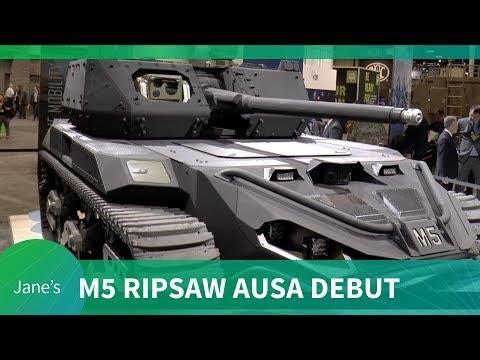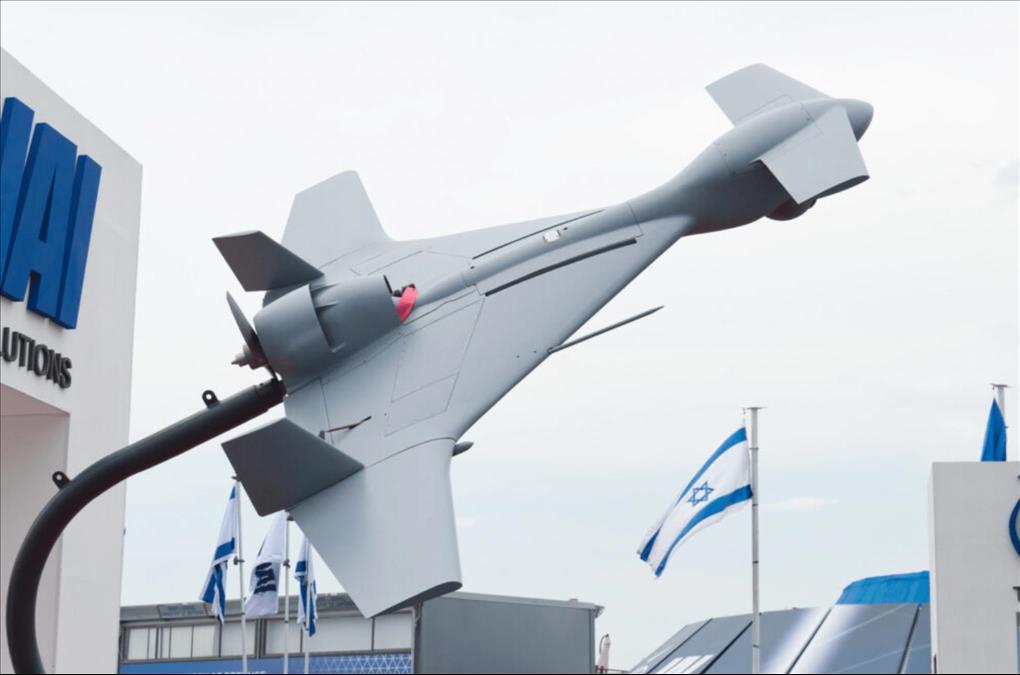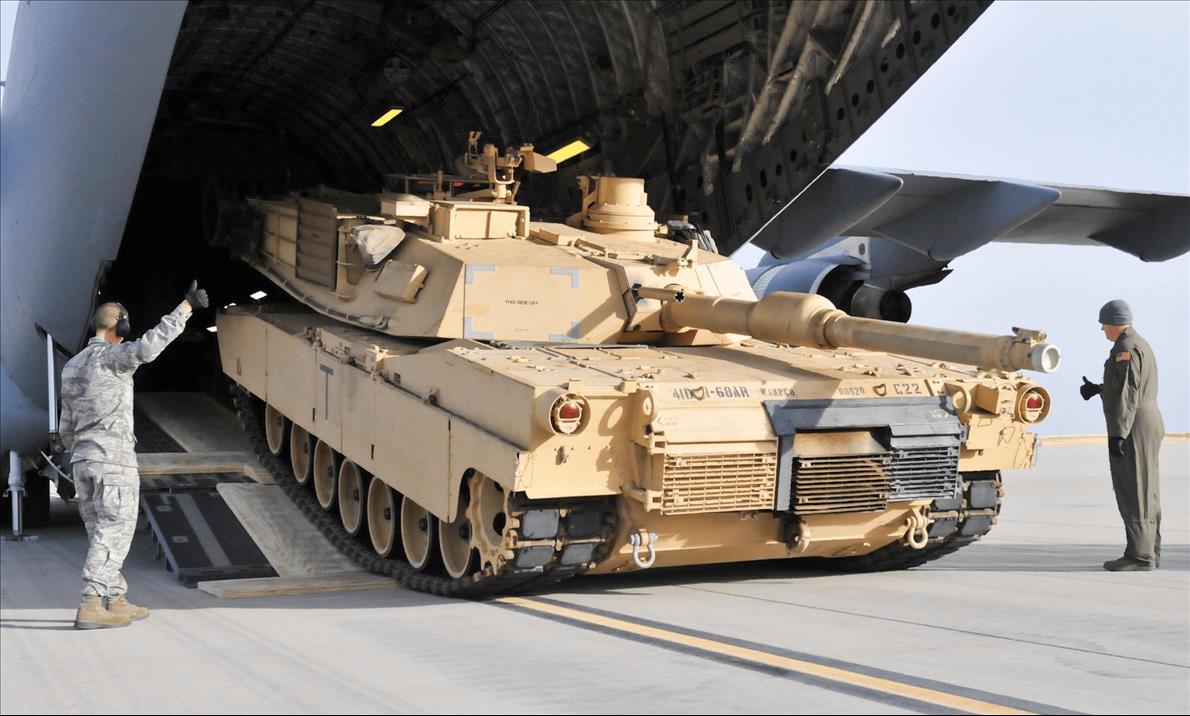(MENAFN- Asia Times) Wrecked Armenian tanks and armor lay beside the road and in hilltop positions, testament to the devastating power of Azerbaijani drones.
Abandoned uniforms and equipment signal a panicked retreat by Armenian soldiers as Azerbaijani forces seized control of the district in early November.
The conflict over Nagorno-Karabakh, an ethnically Armenian enclave within Azerbaijan, has been one of the world's most intractable territorial disputes.
But this time, high-tech 21st-century weaponry had the capacity to make this decades-old conflict more destructive than ever before.
Images of armoured vehicles being destroyed, regardless of attempts at camouflage, flooded Western media outlets as Armenian tanks were swiftly targeted by armed drones. Azerbaijan has been steadily building up its force of UAVs.
The weapon of choice?
According to Azerbaijan's President Ilham Aliyev, Bayraktar TB2s, unmanned aerial vehicles (UAVs), manufactured by the Turkish defence company Baykar.
The Bayraktar TB2 can operate at an altitude of 8,000 metres (about 26,250 feet) which makes it difficult to detect, and can fly for up to 27 hours, with a payload of four missiles.
But the use of UAVs has been increasing in battlefields across the world and the current conflict between Azerbaijan and Armenia is no exception.
Israel, a major drone exporter, has been supplying the Azeri armed forces with loitering munitions like the Harop, which were used to great effect in the previous major skirmish in 2016, dubbed the 'Four Day War.'
This is a new class of munition which is essentially a 'Kamikaze' or suicide UAV.
A combination of bomb and drone, it loiters over the battlefield, its remote operator searching for targets. Once found, the drone is flown into the target, destroying both itself and the target.

So now we must ask the question: Do tanks still matter in this artificial intelligence, autonomous weapons world?
Surprisingly enough, yes, they do.
According to experts quizzed by Sydney J. Freedberg Jr. at Breaking Defense , most agree that manned armoured vehicles of some kind will still have a place in future wars.
Why? For the simple reason, human soldiers will still need a way to move about the battlefield under armor protection, and they'll need it even – or especially – when killer drones swarm the skies.
Some experts believe that further upgrades to the American M1 Abrams would suffice for the foreseeable future, arguing there's not – yet – been any radical change in tactics or fundamental improvement in armored vehicle design that would call for an all-new vehicle.
Others see potential for a new kind of tank. And some think the M1's replacement shouldn't be a new tank at all, but a whole family of different vehicles, manned and unmanned, working together as a networked wolfpack.

Mock-up of the Israeli-made IAI Harop (Harpy) 'suicide drone' used by Azerbaijani forces against Armenia in Nagorno-Karabakh. Credit: Handout.
That concept of 'manned-unmanned teaming' is already being explored by the Army's Robotic Combat Vehicle program.
It's also central to the Air Force's Loyal Wingman drones and the Navy's unmanned 'Ghost Fleet,' designed to support manned fighters and warships respectively.
All heady futuristic stuff that is changing the way wars will be fought.
Some experts speculate, instead of having gun, sensors, and crew all on one vehicle, you could put, say, your long-range sensors on a drone, your decoys on another (expendable) drone, your main gun on a ground robot, and your human controller in a small, well-armored command vehicle hidden some distance away.
Of course, this revolution depends on the network technologies actually working to keep all those humans and robots connected – even in the face of enemy hacking and jamming.
But there are promising countermeasures already available today, argued Samuel Bendett, an expert on the Russian military at CNA.org .
'Had the Armenians prepared their tanks for the new type of war that took place last October, their losses would have been far fewer,' he told Breaking Defense.
'Much of what we saw in the Nagorno-Karabakh involved older Soviet tanks in the Armenian service that were not well defended against loitering munitions, [which] actually do not pack a big punch.'
By contrast, modern Russian tanks routinely carry reactive armor tiles, which preemptively detonate in the path of incoming warheads; infrared dazzlers, which blind the sensors of anti-tank guided missiles; and active-protection systems, which physically shoot down inbound munitions like a miniaturized missile defense.

In video released by Azerbaijan's Defense Ministry, an unmanned aerial vehicle flies over a site where Azerbaijan's forces attack the Armenian army's artillery during fighting in the contested Nagorno-Karabakh region [Credit: Azerbaijan Defense Ministry]
Even without new technology, better tactics can make a difference, argued Thomas Spoehr, a retired Army three-star now at Heritage.org .
'Right now, UAS with smart munitions and kamikaze drones do seem to command the upper hand. But nothing lasts forever,' Spoehr told Breaking Defense. 'Regaining freedom of maneuver for tanks might come more from changes in tactics versus technology.'
Nothing will make the tank invulnerable to drones – but it's crucial to remember that tanks have never been invulnerable on any battlefield, popular mythmaking aside. Even in the early days during World War I, German artillerymen quickly learned that the new Allied tanks could be destroyed by existing field guns.
In fact, tanks have never even been the toughest target on the battlefield.
Historically the hardest thing to kill has been deeply dug-in infantry, from the entrenched defenders of the Western Front to the Viet Cong in their tunnels.
But trenches and tunnels are stationary, and once infantry gets out of cover and tries to move, it's horrifically vulnerable to machine gun and artillery fire.

The M1 Abrams entered service in 1980 and currently serves as the main battle tank of the United States Army and Marine Corps.
(U.S. Army photo by Staff Sgt. Grady Jones)
Some futurists suggest that tanks will not go away completely, but they are likely to go the way of the infantry — as a mopping up force for close-in engagements, rather than the central role tanks have played in ground combat since World War II.
Some see the value both of robot swarms and of something resembling a traditional main battle tank, with a human crew, heavy armor, and big gun to engage the enemy's toughest targets within line of sight.
Tactically, such a force would operate in three waves: first the drones to take out enemy air defenses and command posts, then ground robots, then finally manned main battle tanks to take out the toughest targets.
An example of the future tank is the Ripsaw M5 Robotic Combat Vehicle, developed by Textron Systems. It is based on the Ripsaw one-man tracked vehicle, and comes heavily armed.
The M5 sports a Kongsberg MCT-30 Protector turret, the same turret installed on the Stryker Dragoon infantry combat vehicle.
The MCT-30 is armed with a 30-millimeter Mk. 44 Bushmaster II autocannon, used on the Stryker Dragoon, AC-130U Spooky gunship, and Zumwalt-class destroyers.
The Bushmaster II is effective against soft targets, including infantry in defensive positions and trucks, and armored vehicles such as the Russian BMP-3 infantry fighting vehicle.
The Mk. 44 can't kill tanks, but the M5 can instead be fitted with the CROWS-J remote controlled missile launcher armed with Javelin anti-tank missiles.
It can also clear mines with a mine plow or rocket-propelled lane clearing charge, destroy IEDs, and breach obstacles.
The mini-tank is also a mothership for not one but two types of drones.
The R80D Skyraider quadcopter drone pops out of a compartment on the back of a M5. The Skyraider can carry payloads of up to 4.4 pounds, flies at up to 31 mph, and can remain airborne for up to 50 minutes.
Ripsaw is also equipped with a 600 horsepower Duramax diesel engine, giving it a top speed of 60 mph.
So … why put a human in your heavy tank?
Because, bluntly, remote control remains awkward and autonomous robots remain stupid. Sometimes you need an experienced human in the vehicle, onboard.
That way they can use all their senses to understand the situation – the smell of smoke, the sound of the guns, the vibration of the engine — instead of staring at a screen. That way, too, their input can't be hacked, jammed, or otherwise disconnected.
One thing everyone does agree on, the future tank can and will indeed be less than 60 tons – a threshold for many roads and bridges – without losing crew protection.
A clean-slate tank design would allow for a new engine, preferably a hybrid-electric one that puts less strain on supply lines than the M1's gas-guzzling turbine.
It would also allow for an improved turret, although some feel the existing 120mm cannon has plenty of potential.
At the end of the day, the tank is not done yet. Not by a longshot.
And just for fun, rent T-34, the new Russian tank movie. Maybe you'll get an appreciation for what these track monsters can do.
Sources: New York Times, Al Jazeera, Breaking Defense, Popular Mechanics
MENAFN06052021000159011032ID1102042553